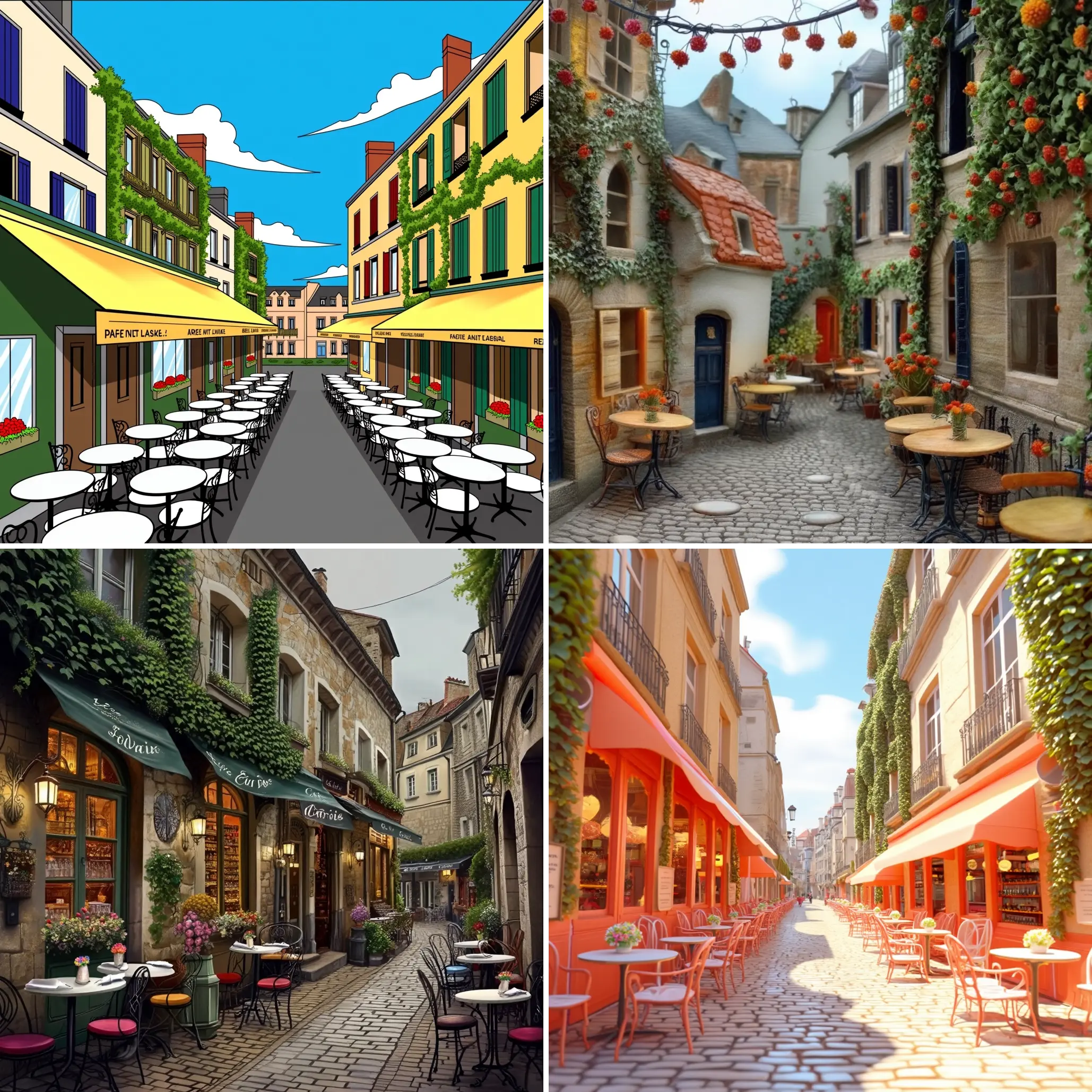ComfyUI Node: Noise Generator
NoiseNode
CategoryCOCO Tools/Image Tools
Conor-Collins (Account age: 459days) Extension
ComfyUI-CoCoTools Latest Updated
2025-03-05 Github Stars
0.03K
How to Install ComfyUI-CoCoTools
Install this extension via the ComfyUI Manager by searching for ComfyUI-CoCoTools- 1. Click the Manager button in the main menu
- 2. Select Custom Nodes Manager button
- 3. Enter ComfyUI-CoCoTools in the search bar
Visit ComfyUI Online for ready-to-use ComfyUI environment
- Free trial available
- 16GB VRAM to 80GB VRAM GPU machines
- 400+ preloaded models/nodes
- Freedom to upload custom models/nodes
- 200+ ready-to-run workflows
- 100% private workspace with up to 200GB storage
- Dedicated Support
Noise Generator Description
Versatile node for adding noise to images, enhancing realism and diversity in AI art generation.
Noise Generator:
The NoiseNode is a versatile component designed to introduce noise into latent images, which is a crucial step in various image processing and AI art generation tasks. By adding noise, the node helps simulate real-world imperfections and randomness, which can enhance the realism and diversity of generated images. The node supports different types of noise generation, including random and empty noise, allowing for a wide range of creative possibilities. It is particularly useful in scenarios where controlled randomness is required to achieve specific artistic effects or to test the robustness of image processing models. The NoiseNode's ability to blend noise with existing images and adjust the noise scale makes it a powerful tool for artists and developers looking to fine-tune their AI-generated artworks.
Noise Generator Input Parameters:
model
This parameter represents the model used for denoising the input latent image. It is crucial as it determines how the noise will be processed and integrated into the image. The model's capabilities and characteristics can significantly impact the final output, making it essential to choose a model that aligns with your artistic goals.
noise
The noise parameter specifies the type of noise to be generated and applied to the latent image. It can be either random or empty noise, each serving different purposes. Random noise introduces variability and randomness, while empty noise can be used to maintain a baseline or neutral state. The choice of noise type affects the texture and feel of the final image.
sigmas
Sigmas are used to scale the noise applied to the latent image. This parameter controls the intensity of the noise, with higher values resulting in more pronounced noise effects. Adjusting sigmas allows for fine-tuning the balance between noise and the original image, enabling artists to achieve the desired level of detail and abstraction.
latent_image
This parameter is the latent image to which noise will be added. It serves as the base image that undergoes transformation through the addition of noise. The characteristics of the latent image, such as its resolution and content, will influence how the noise interacts with it and the overall outcome of the process.
Noise Generator Output Parameters:
LATENT
The output parameter is a modified latent image that has been processed with the specified noise. This output retains the original structure of the latent image while incorporating the noise effects, resulting in a new version that reflects the applied transformations. The output is crucial for further processing or as a final product in AI art generation, providing a unique blend of the original image and the introduced noise.
Noise Generator Usage Tips:
- Experiment with different noise types to see how they affect the texture and mood of your images. Random noise can add a dynamic and unpredictable element, while empty noise can help maintain a clean and consistent look.
- Adjust the sigmas parameter to control the intensity of the noise. Start with lower values for subtle effects and gradually increase to explore more dramatic transformations.
- Use the model parameter to select a denoising model that complements your artistic vision. Different models can produce varying results, so it's worth trying multiple options to find the best fit for your project.
Noise Generator Common Errors and Solutions:
"Invalid noise type specified"
- Explanation: This error occurs when an unsupported noise type is provided to the node.
- Solution: Ensure that the noise type is correctly specified as either "random" or "empty" and that it matches the available options in the node's configuration.
"Sigmas array is empty"
- Explanation: The node requires at least one sigma value to scale the noise, and an empty array will prevent the process from executing.
- Solution: Provide a valid array of sigma values, ensuring that it contains at least one element to define the noise scaling.
"Model not found"
- Explanation: This error indicates that the specified model for denoising is not available or incorrectly referenced.
- Solution: Verify that the model parameter is correctly set and that the model is accessible within the environment. Check for any typos or misconfigurations in the model's reference.
Noise Generator Related Nodes
RunComfy is the premier ComfyUI platform, offering ComfyUI online environment and services, along with ComfyUI workflows featuring stunning visuals. RunComfy also provides AI Playground, enabling artists to harness the latest AI tools to create incredible art.


